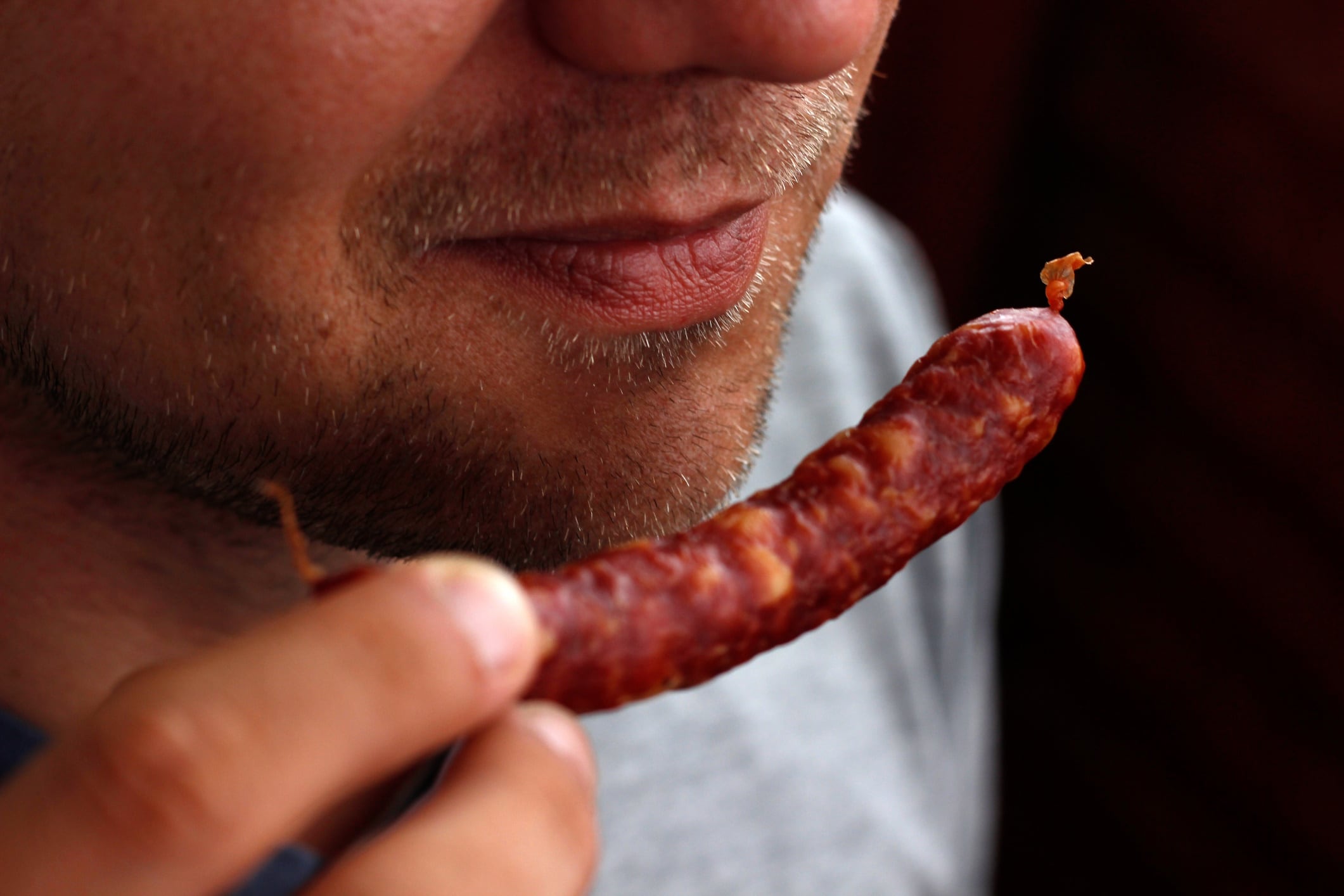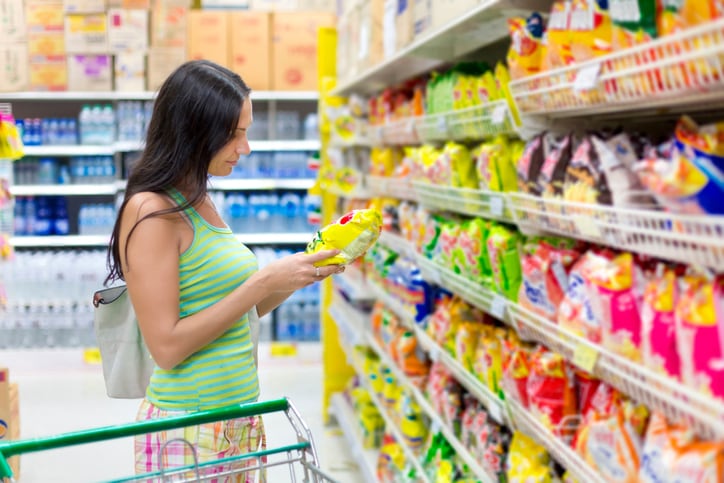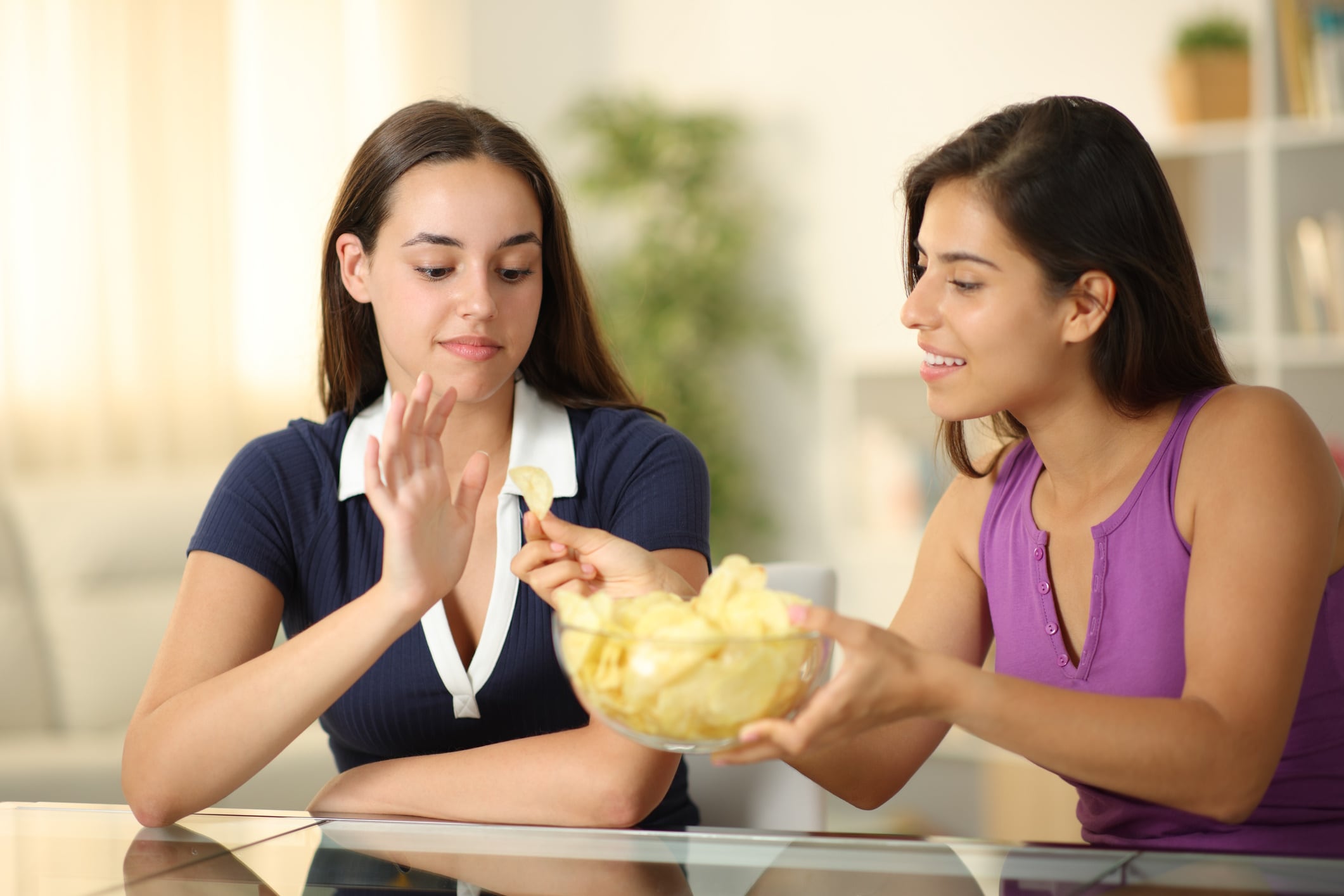The US snack industry is flexing its muscles in 2025, not just in scale – now valued at a jaw-dropping $156 billion – but in how it’s responding to fast-evolving consumer demands. From health-forward innovation to bold flavour exploration and strategic portioning, the category is reshaping what, when and why people eat.
That’s the clear message from SNAC International’s 2025 State of the Industry Report, a deep-dive analysis developed in collaboration with Circana. In what SNAC CEO Christine Cochran calls “a moment of profound evolution”, the data paints a picture of an industry successfully walking a tightrope – delivering functional benefits without losing the fun.
“Snacking now accounts for half of all eating occasions in the United States,” said Cochran in the report. “As our consumers prioritise snacks that provide pleasure and functional benefits such as energy recovery and immune support … they increasingly seek snacks rich in protein, vitamins, minerals and whole food ingredients – making them an essential part of balanced eating.”
And that means brands have to dig deep – into their formulations, their flavour playbooks and their understanding of how snacks now blur into mini meals and wellness routines.
Health is the new habit

According to the report, snacks carrying health-forward claims – like low-sodium; organic; no/low/reduced sugar; and high protein – are not just niche offerings anymore. Sales of snacks with low-sodium and organic labels grew by 12% over the past year alone, signalling a robust appetite for better-for-you options. However, consumers are not prepared to give up on enjoyment.
Cochran emphasised that “this growing demand has driven innovation in the snack industry, leading to the development of better-for-you options including plant-based, high-protein and nutrient-fortified snacks tailored to various dietary needs.”
According to Sally Lyons Wyatt, executive VP and chief advisor for CPG & foodservice at Circana, consumers are broadening their definition of wellness to include physical, mental and societal factors.
“We are in the middle of a wellness revolution and it is not just about diets and losing weight,” she said in the report. “Consumers are considering all aspects of wellness ... and snacks play a role in all three.”
And wellness means different things to different age groups.
“Seventy-eight percent of consumers in America are prioritising self-care,” said Lyons Wyatt. “When we talk to consumers, we ask them what areas they lean on for their wellbeing: and diet and exercise were the top two. Those did skew a little older. But with the younger generations, the mental wellbeing factors were mentioned more – getting more sleep, the work-life balance, meditation – that is the influence of the younger generation. They are looking at their lives much differently than people did in the past and that does include food and beverages.”
That’s reflected in the types of claims gaining ground:
- No-, low-, and reduced-sugar snacks continue to lead the health claims list, especially as GLP-1 drugs like Ozempic impact eating behaviour.
- Vegan, vegetarian and organic labels are still growing across both dollar and unit sales.
- Gluten-free appears to be flattening, as consumers shift toward other ‘whole food’ snack alternatives.
Lyons Wyatt said the shift isn’t purely clinical. Balancing nutritional benefits with indulgence (the ‘permissible indulgence’ concept) has become the key to unlocking growth.
“We all want to reward ourselves and treat ourselves,” she added. “Snacking is not going to die; it’s just maybe going to look a little different.”
This shift is especially pronounced among younger demographics, but cuts across all age groups. Older snackers are looking for clean ingredients and functional benefits, while younger consumers gravitate toward snacks that are both fun and ‘fit’ – with plant-based, protein-packed and fortified options leading the way.
What's hot in salty snacks
Potato chips
Sales rose across the board: up 1.8% in dollars, 2.8% in units, and 2.3% in volume, outpacing tortilla chips. Flavor innovation, from global inspirations to nostalgic riffs, is fueling momentum. Private label continues to gain share, as cost-conscious consumers trade down.
Tortilla chips
With nearly $7bn in annual sales, tortilla chips remain a salty snack staple. Bold, spicy varieties - like Doritos’ Flamin’ Hot Thai Red Curry - are keeping the category fresh. Health-forward options will be key to maintaining relevance amid rising prices.
Pretzels
On the rise for the third straight year, pretzels grew 3.5% in dollars and 2.2% in units. Hybrid formats (think pretzel-popcorn mashups) and gourmet flavour profiles from brands like Dot’s are helping reinvent the classic snack.
Crackers
The $9.5bn category saw dollar (+1.2%) and volume (+2.3%) growth, despite a 1.0% dip in unit sales. Gluten-free, multigrain, low-sugar and heart-health claims are driving consumer interest, especially among those seeking better-for-you options.
Corn snacks
Maintaining a foothold in the aisle, the $2bn category posted a 1.3% dollar increase. Spicy, innovative offerings are outperforming legacy brands as consumers look for novelty over nostalgia.
Pork rinds
Sales held steady in a value-focused market. Innovation beyond keto, along with private label expansion, is helping offset SNAP-related volume pressures in retail and c-store channels.
Cheese snacks
Americans spent $2.8bn on cheese snacks last year, though dollar (-1.9%) and volume (-1.8%) sales dipped slightly. Hot, spicy, crunchy and puffed variants are trending, balanced by increased demand for portion-controlled formats.
Popcorn
Still a better-for-you favorite, popcorn is evolving with protein-boosted, texture-rich formats. Despite inflation, value-tier and private label brands are thriving. Retailers may find merchandising gold in trending 'popcorn bucket' tie-ins.
Function meets flavour

Even as health benefits surge in importance, taste remains non-negotiable.
“Flavours bringing in the biggest dollar sales are variations of the classic profiles – chocolate, cheese and BBQ,” said Lyons Wyatt. “Nacho cheese is still a winner; and for sweet flavours, vanilla, berry, white and milk chocolate, peanut butter and caramel have been gamechangers.”
At the same time, spicy and globally inspired flavours – like sriracha, harissa and Thai red curry – have seen a 15% rise in popularity.
And that’s playing out across every aisle. Potato chips are being spiced up with international flavour mashups. Tortilla chips are doubling down on heat and crunch. Even the cheese snack category – while down slightly in dollar and volume sales – is finding renewal in puffed, spicy and portion-controlled formats.
Protein powerhouses and format innovation

One of the most impressive category performances came from dried meat snacks, which posted double-digit gains in all major metrics: +11.9% in dollar sales; +10.0% in units; and +12.9% in volume.
“Meat snacks are the quiet disruptors,” said Lyons Wyatt. “Consumers love the protein, the convenience and increasingly, the clean label innovations. There are more options [available today] with fewer additives, less sodium and sugar, and higher quality meat.”
Pretzels, too, are enjoying a renaissance, up 3.5% in dollars and 2.2% in units, thanks in part to fun crossovers with popcorn and pita chips.
“Pretzels are shedding their ‘boring’ image,” said Cochran. “There’s real creativity happening in flavour innovation and format pairing.”
Meanwhile, crackers (a $9.5 billion market) are leaning heavily into better-for-you claims, with gluten-free, multigrain and low-sugar varieties leading growth. Gluten-free crackers alone saw a 5.3% boost in dollar sales and 3.4% in volume.
Portion control, afternoon peaks & the mini-meal mindset

The afternoon snack window (2pm to 5pm) is now the most active daypart, with 35% of consumers snacking during this time. At the same time, sales of single-serve packs have risen 10%, showing that snackers are looking for more controlled and portable options.
Cochran said the shift toward snacks as ‘mini meals’ is becoming more strategic for manufacturers.
“As the industry continues to evolve, snacks are shaping the future of eating, offering convenience, health benefits and bold flavours that seamlessly fit into modern lifestyles,” she noted.
That’s backed by Mintel’s 2024 snacking motivations report, which found that 63% of consumers agree that a handful of snacks can be more satisfying than a traditional meal.
The impact of GLP-1 users, in particular, on snack sales is being watched closely by analysts.
“What we know is when GLP-1 is being used for weight loss only, there are some snacking categories that see a shift in spend the first 12 weeks, four months and a year from a negative standpoint,” said Lyons Wyatt. “Part of it is consumers are gravitating towards products that have more protein, more fibre, less saturated oil and less sugar. We are starting to see some of those shifts in choices for those users … it’s still a small fraction of the universe though it’s growing fast.”
Value still matters and private label knows it

The premiumisation of snacking is undeniable but so is the pressure to find value.
Lyons Wyatt noted that while better-for-you claims continue to gain, pricing “doesn’t just impact consumer buying – it impacts raw materials, regulations, weather, and innovation timelines.”
That helps explain why private label is gaining momentum in several categories. In potato chips alone, private label saw 5.4% growth in dollar sales and 5.8% in unit sales.
Club, mass and online channels are driving snack growth, as consumers search for deals without compromising on quality.
So, what’s in store for 2025?

If 2024 was a year of transition, 2025 is shaping up to be a year of transformation.
“Producers have an amazing opportunity to think about what snacking can look like over the next five to ten years,” said Lyons Wyatt. “With continued blurring of snack categories we will see an explosion of innovation and more exploration of expanded equity – meaning that products and snack categories will evolve and look different. It will be a time where authenticity, clean ingredients, excitement and experiences will all come together to ignite the future of snacks.”
Cochran agrees. “Snacking is no longer an afterthought – it’s a core part of how we eat. The brands that thrive will be those that meet consumers wherever they are in their day, their diet and their life stage.”
With bold flavours, clean ingredients, protein-packed formats and sustainability creeping into every conversation, the future of snacking is anything but small.
Tracking the pulse of the industry
Launched late last year by SNAC International in partnership with Cyprus Research, SNACtrac is the industry’s exclusive quarterly data platform offering deep insights into economic and category-specific performance. It includes:
The Industry Indicators Dashboard, which tracks snack sales, labour costs, commodity prices, fuel costs and packaging trends.
SNACshot survey, a confidential member survey to gain insight into sales trends, company outlook and top business challenges.
A quarterly summary of the industry will be made available to the public, featuring topline data for at least 10 of the 30 tracked indicators (full access is reserved for SNAC members).
Q4 2024 highlights:
• Snack sales: $20b (+1.8% YoY)
• Unemployment: increased to 4.0% in January 2025
• Unit labour costs: +2.5%. Average hourly wage for the manufacturing sector (nondurable goods): +2.7%
• Transportation costs: Diesel fuel down 11.2%, but LMI Transportation Subindex up 55%
• Packaging PPI: Corrugated boxes up, plastics down
• Top business challenge: Labour costs (49%)
• Company outlook: 100% of snack manufacturers optimistic for H1 2025
“It’s all the key industry data you need, right at your fingertips,” said Marjorie Helmer, president of Cyprus Research.





